U.S. Eyes Fixed-Term Visas for International Students in Major Immigration Shift
Proposed U.S. Visa Changes Could Reshape Global Academic Mobility
In a significant policy shift likely to reshape international student mobility, the United States is reconsidering its long-standing student visa framework. A proposal by the Department of Homeland Security (DHS), currently under review by the Office of Management and Budget (OMB), seeks to introduce fixed durations of stay for holders of F, J, and I visas, categories typically granted to international students, scholars, and foreign media professionals. With over 420,000 Indian students presently enrolled in U.S. institutions, the ramifications of such changes could be far-reaching, not only for individuals but also for global academic cooperation and the governance of higher education.
Historically, the U.S. has permitted students to remain in the country under a “duration of status” policy, allowing them to stay as long as they are enrolled full-time. However, under the proposed reform, this open-ended flexibility would be replaced with fixed visa expiration dates. Consequently, students whose academic programmes exceed the designated period would be required to apply for extensions, a process often beset by delays and administrative burdens. According to immigration expert Rajiv S. Khanna, transitioning from indefinite stays to time-bound visas may introduce considerable challenges, including increased financial costs, bureaucratic hurdles, and greater legal uncertainty. Given that extension applications can take several months to process, the prospect of visa expiry during an ongoing course of study may deter prospective applicants and strain existing students’ academic continuity.
Furthermore, a report by The Times of India underscores the disproportionate impact this policy could have on Indian nationals, the largest group of international students in the U.S. As per data from the Immigration and Customs Enforcement (ICE), more than 420,000 Indian students were enrolled in U.S. universities in 2024. Should the new rule come into effect, it may severely disrupt educational pathways and weaken India–U.S. academic ties.
It is notable that a comparable rule was proposed in 2020 during the Trump administration but failed to gain traction. Its revival has prompted apprehension regarding a potential pivot towards more stringent visa policies. Legal analysts further caution that the proposed framework could alter how “unlawful presence” is assessed. Under existing norms, students are deemed unlawfully present only upon an official determination. However, under the new arrangement, even inadvertent overstays could result in immediate legal consequences. American universities have widely criticised the proposal, characterising it as a disproportionate response to what they claim is a relatively low overstay rate—just 3.6% for F, M, and J visa holders in 2023. Additional concerns relate to the possibility of the rule being implemented as an interim final rule, thereby bypassing public consultation and coming into force immediately, leaving students and institutions insufficient time to prepare.
Meanwhile, countries such as Canada, the United Kingdom, and Australia are actively streamlining their visa regimes to attract global talent. In contrast, the United States’ pivot towards rigidity risks diminishing its allure as a premier academic destination. For many Indian families, this policy ambiguity introduces a layer of complexity to already weighty decisions surrounding international education. The proposed shift signals a potential retreat from the U.S.'s historically welcoming stance towards international students, with implications likely to reverberate across academic, diplomatic, and socio-economic domains.
Editor's Note:
The proposed changes to the U.S. student visa policy arrive at a deeply concerning juncture for international education. At a time when global academic collaboration demands openness, adaptability, and mutual respect, this move signals a drift towards rigidity and caution rather than innovation and trust. The shift from the longstanding “duration of status” to fixed-term visas is not just a bureaucratic adjustment; it is a redefinition of the U.S.’s academic posture on the world stage. For thousands of Indian students, who invest not only their finances but also their aspirations into studying in the U.S., this policy threatens to introduce anxiety and unpredictability. When academic continuity is interrupted by immigration hurdles, it is not just students who suffer; institutions, research output, and the broader global knowledge economy bear the brunt. This American reversal, in contrast to other nations actively simplifying pathways for international talent, could signal that foreign students are no longer as welcome. Such a message would lead to a decline in academic diversity and cross-cultural exchange, a setback in a world that desperately needs cooperation over caution.
According to Skoobuzz, as the U.S. reconsiders its immigration policies, it must also reflect on the message it sends to scholars worldwide. Upholding inclusivity and respect is essential to preserving the nation’s reputation as a global leader in education.







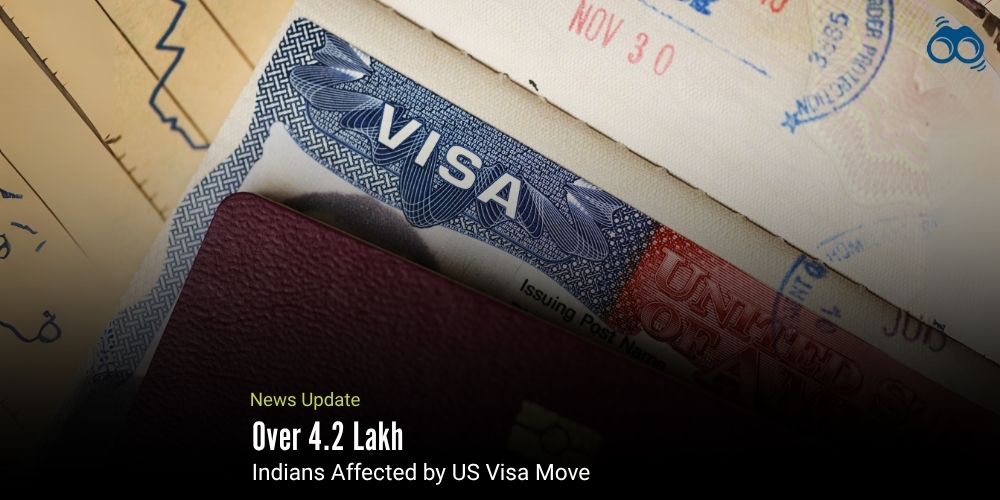
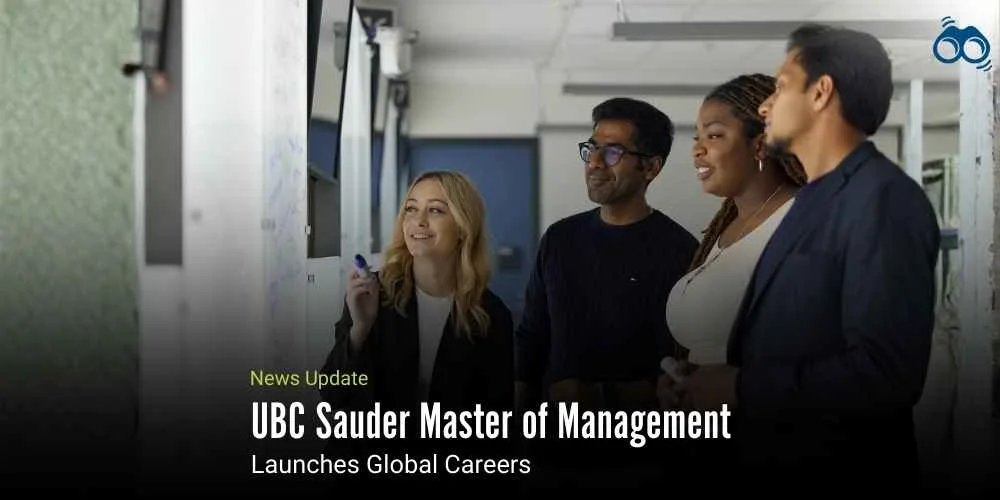
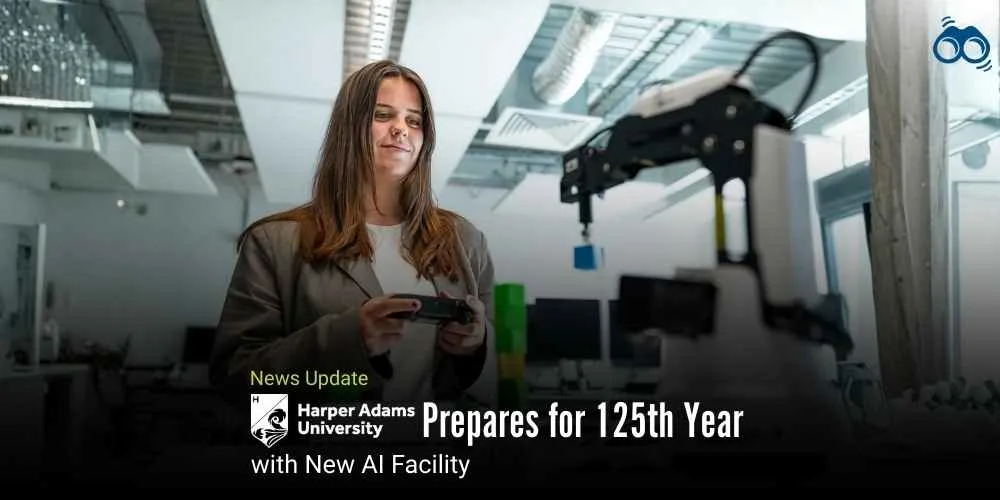
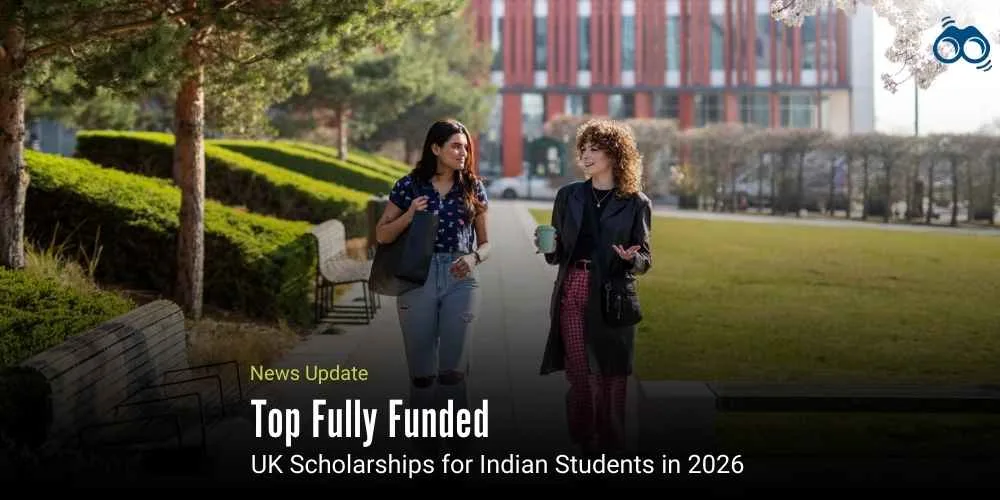
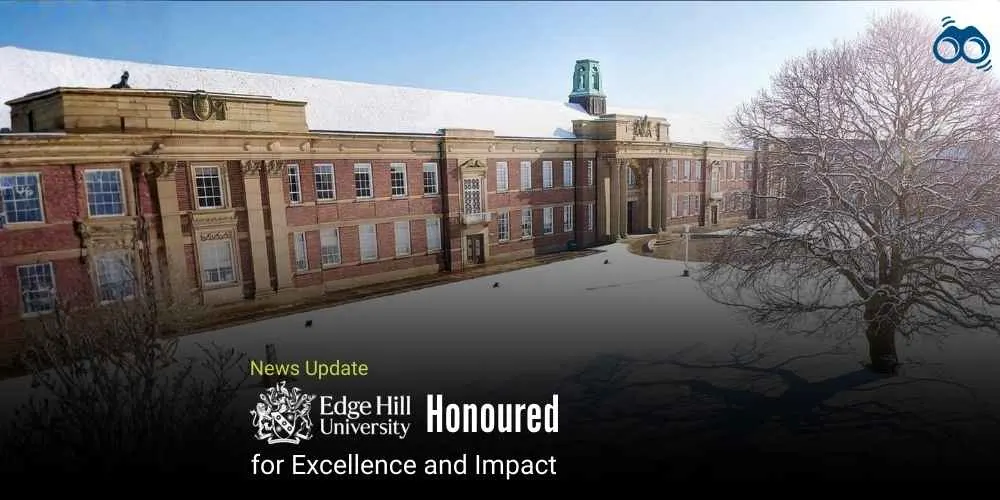


0 Comments (Please Login To Continue)